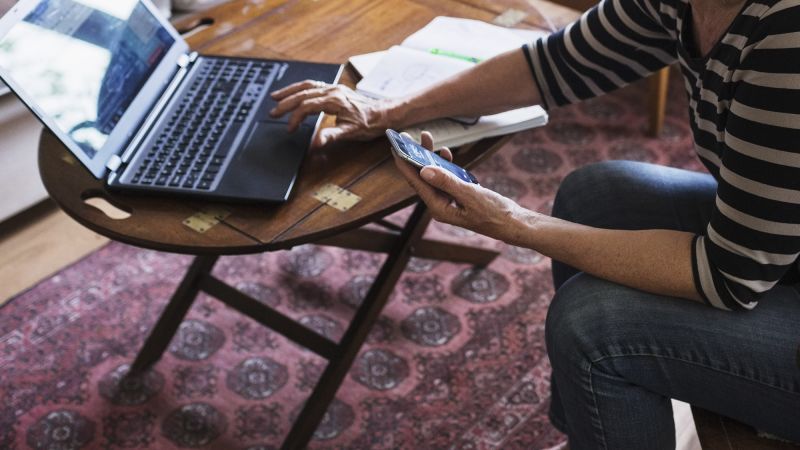The Affordable Connectivity Program, which provided assistance to low-income Americans for internet service, has officially ended. Despite calls for additional funding from consumer advocates and Democratic lawmakers, the program was not extended by Republicans in Congress. Approximately 60 million Americans are at risk of financial distress due to the program’s closure, as reported by CNN. The program, administered by the Federal Communications Commission, provided a monthly credit of up to $30 for internet bills and up to $75 for households on tribal lands.
FCC Chairwoman Jessica Rosenworcel expressed the importance of the Affordable Connectivity Program in addressing affordability issues that other programs could not fully cover. She stated that the FCC is willing to provide assistance to Congress in funding the ACP in the future and resume the program if additional funding is made available. Bipartisan legislation to extend the program was proposed by some lawmakers but did not progress due to inaction by Republican leaders. President Joe Biden and Democratic lawmakers have criticized GOP leadership for allowing the program to end.
President Biden called on Congress to pass legislation to extend the Affordable Connectivity Program and announced voluntary commitments from internet providers to offer low-income internet plans. Companies such as AT&T, Comcast, and Verizon agreed to offer broadband plans for $30 or less to qualifying ACP households, covering approximately 10 million of the 23 million households relying on the program. The ACP was initially funded with $14 billion from Congress, and Biden has requested $6 billion to continue the program.
Kathryn de Wit, director of the Pew Charitable Trust’s broadband access initiative, expressed disappointment at the program’s closure without a solution from Congress. Without intervention, participating households will see their internet bills increase. The lack of the ACP will likely result in many households either downgrading or dropping their internet plans due to cost barriers. The program had successfully served tens of millions of seniors, veterans, and rural and urban Americans during the pandemic, highlighting its importance in bridging the digital divide for low-income individuals.















